
Theodoros Zafeiropoulos, The arch of an archival archive II, 2015, engraving on wood
50 x 80 cm. Courtesy Nitra Gallery.
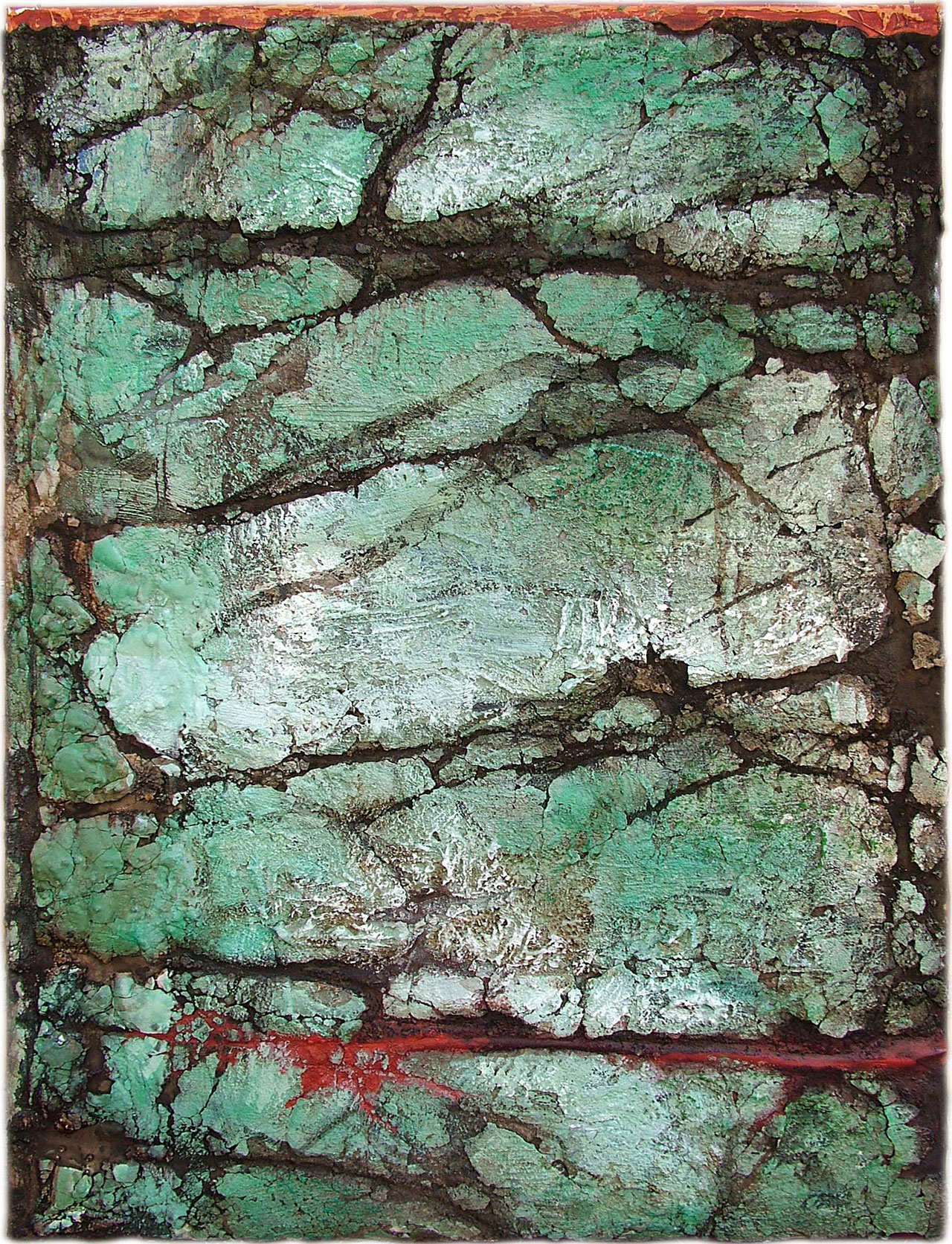
Maria Paschalidou, Untitled, 2015, mixed media, 90 x 65 cm. Courtesy Nitra Gallery.
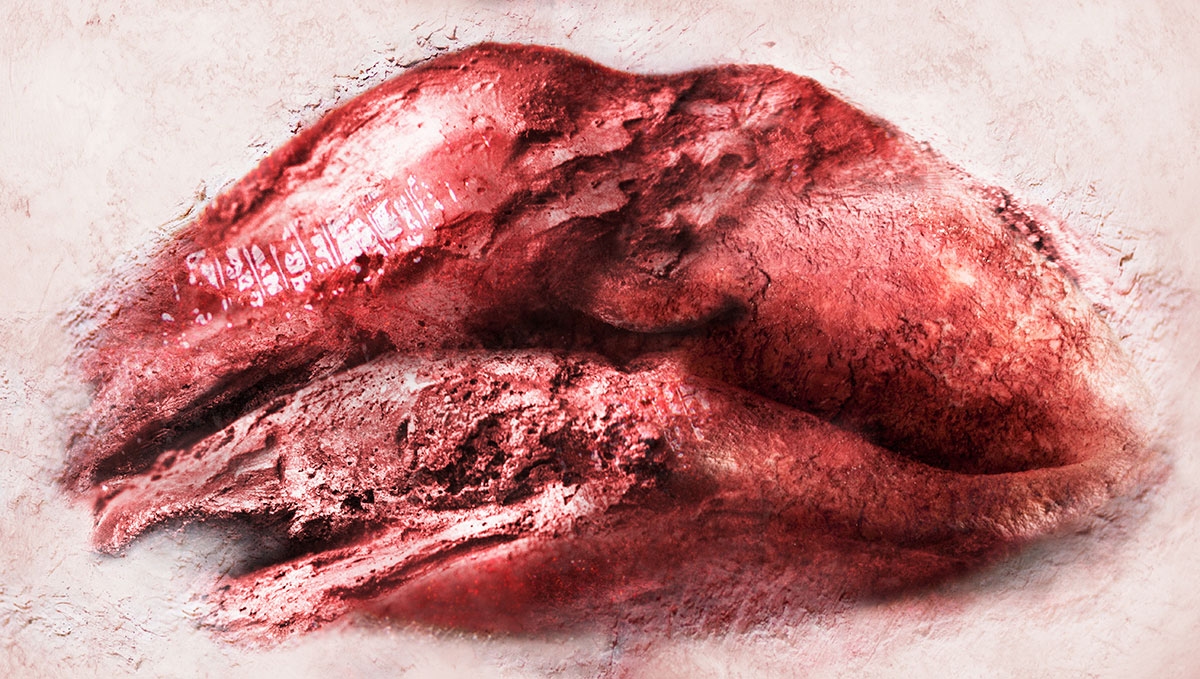
Lilia Ziamou, Lips. Courtesy Gallery7.
One of the most captivating exhibitions to be presented during Gallery Weekend was a solo show by Thessaloniki-born artist Dimitris Fragakis (b.1982) at the Depo Darm Gallery in the the area of Kaisariani. A relatively young gallery founded by George Polizoidis, Depo Darm focuses on photography, sculpture and painting by Greek artists, and has participated in the last two editions of Art Athina. Fragakis’ show included several drawings, digital collage prints and paintings on aluminium that stirred emotion through their elusive outlining and their nefarious distortion of human figures. The monochrome portraits of Cypriot painter Savvas Georgiadis (b.1975) were also heavily distorted at the Evripidis Gallery in Kolonaki: these large-scale paintings were sumptuously painted, “almost like landscapes” as the artist explained, but feature intense colours in the background or on the model’s hair as a way to go beyond mere depiction and express a particular emotion or psychological state.
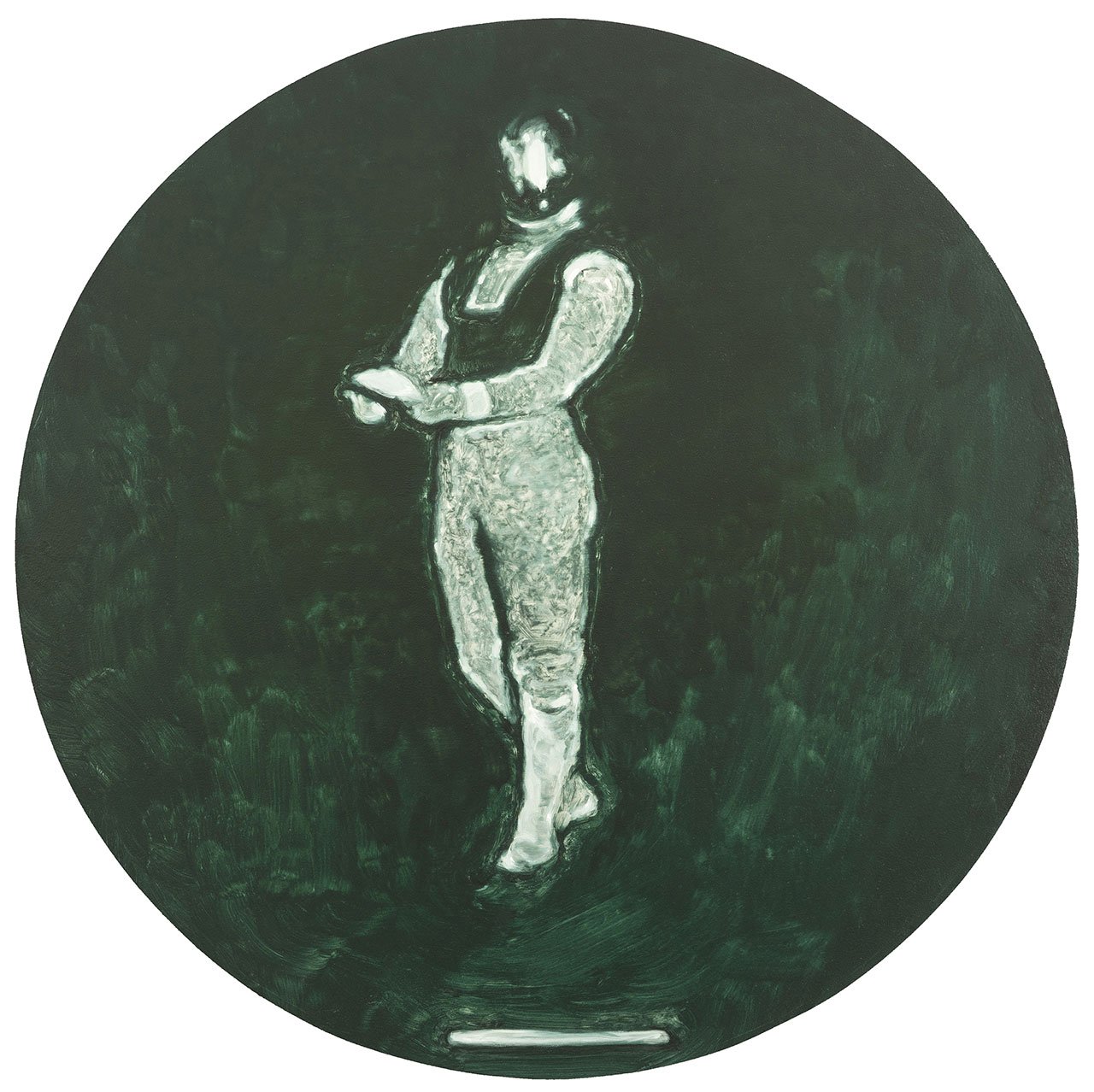
Dimitris Fragakis, Trampoline, 2016, oil on aluminium mounted on wood. Courtesy Depo Darm Gallery.
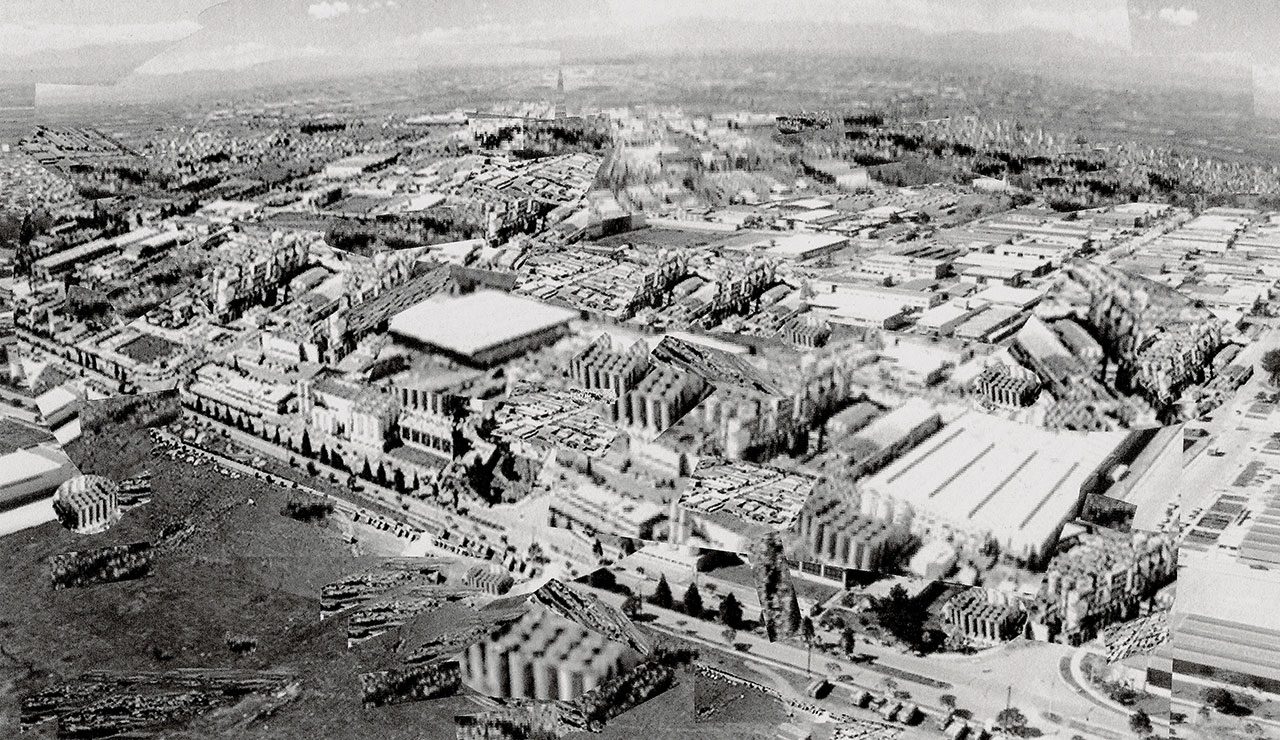
Dimitris Fragakis, Uncharted area II, 2016, digital print. Courtesy Depo Darm Gallery.
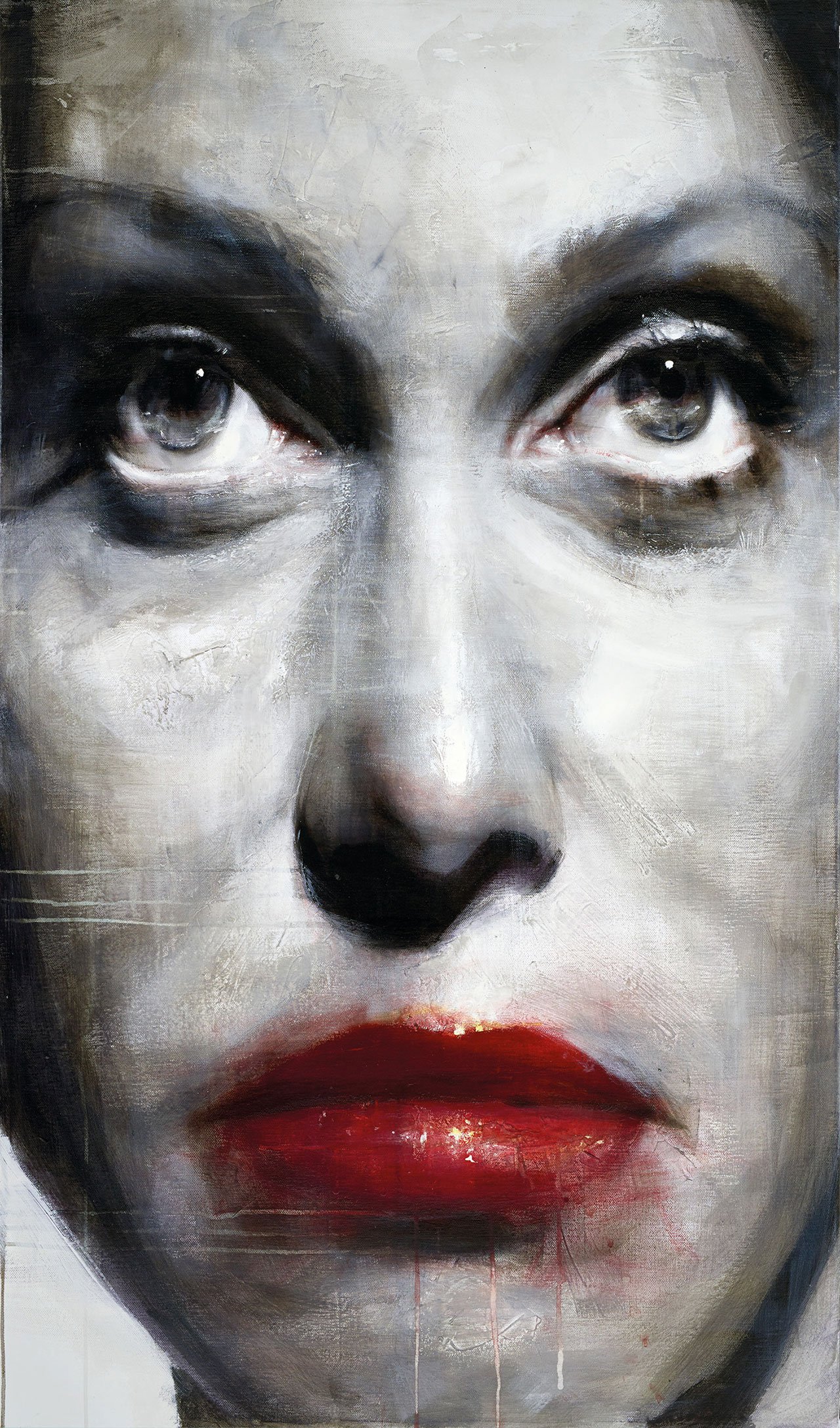
Savvas Georgiadis, from the series "Women". Courtesy Evripidis Gallery.
Around the block, the much smaller space of Eleftheria Tseliou Gallery featured an exhibition with new works by Eleanna Martinou (b.1981), which included a series of 120 small watercolours of faces (Eye Witnesses 1-6), a large-scale mixed-media piece (Eye Witnesses 7) and an evocative sculpture made of wooden sticks and found objects (Eye Witnesses 8). The titles added a layer of complicity to the whole exhibition, which also had a feeling of documenting or archiving the everyday. In a similar way, the installation Β is everything you can imagine from the material world by Dimitris Foutris at the Ileana Tounta Contemporary Art Centre pivoted on the everyday as an essentially “contemporary human condition”, that renders life repetitive and fragmentary. Ileana Tounta’s gallery is also hosting the first exhibition of American artist Lola Montes Schnabel (b.1981) in Greece, curated by Dimitris Antonitsis.
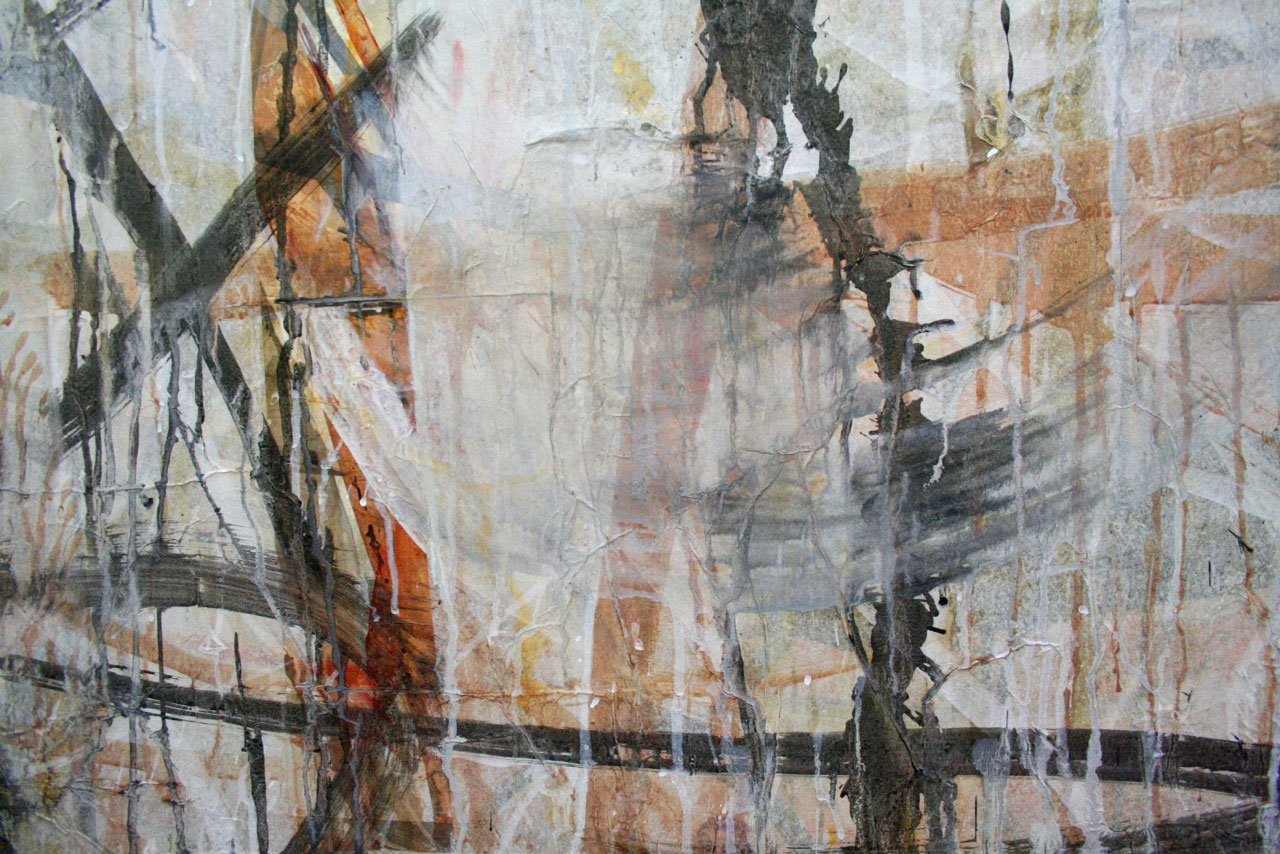
Eleanna Martinou, Eyewitnesses 7 (Detail), mixed technique on canvas, 200 x 200 cm. Courtesy the artist and Eleftheria Tseliou Gallery.
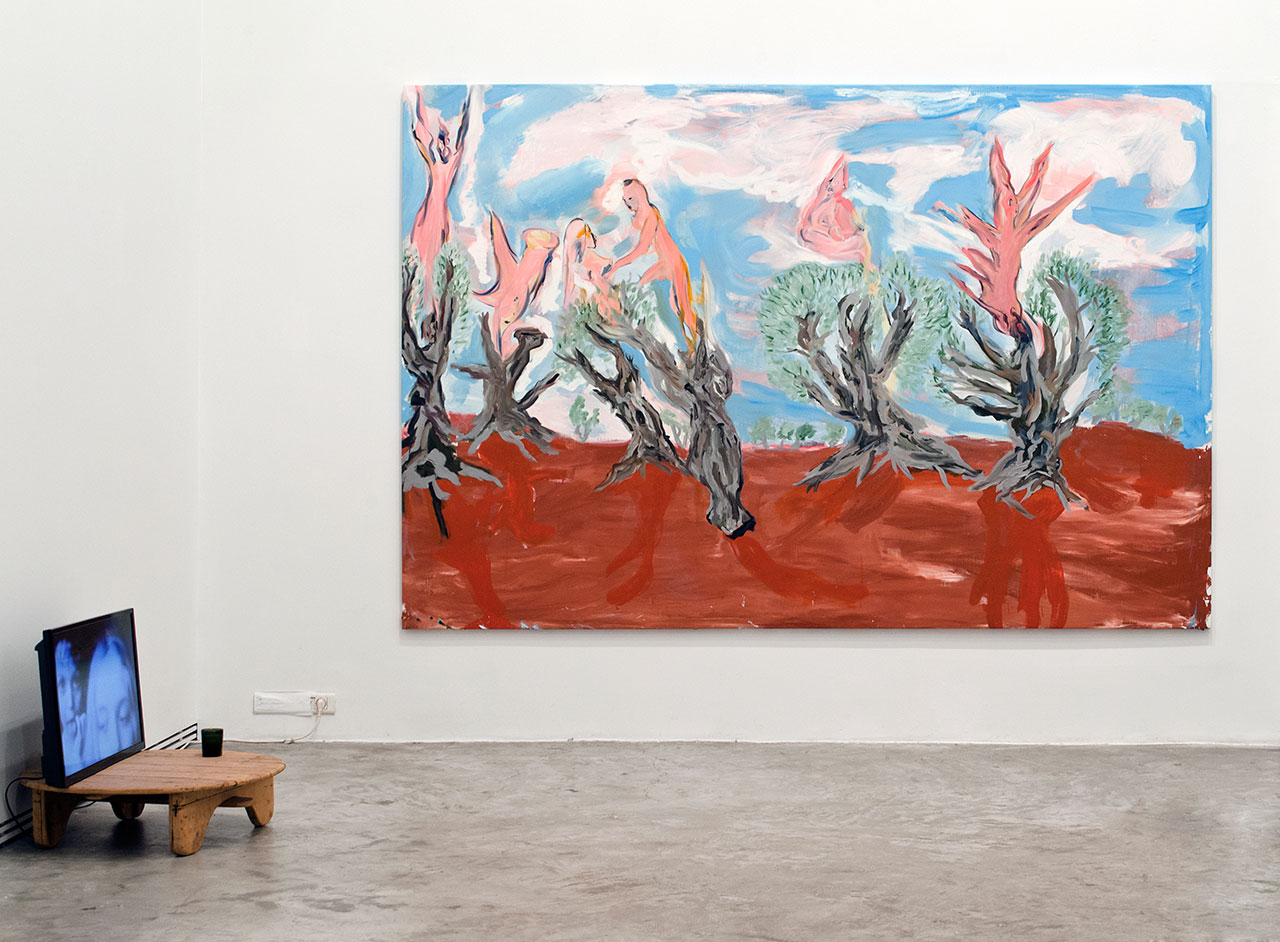
Lola Montes Schnabel, Texting Spirits, 2016. Installation View. Courtesy Ileana Tounta Contemporary Art Center and the artist.
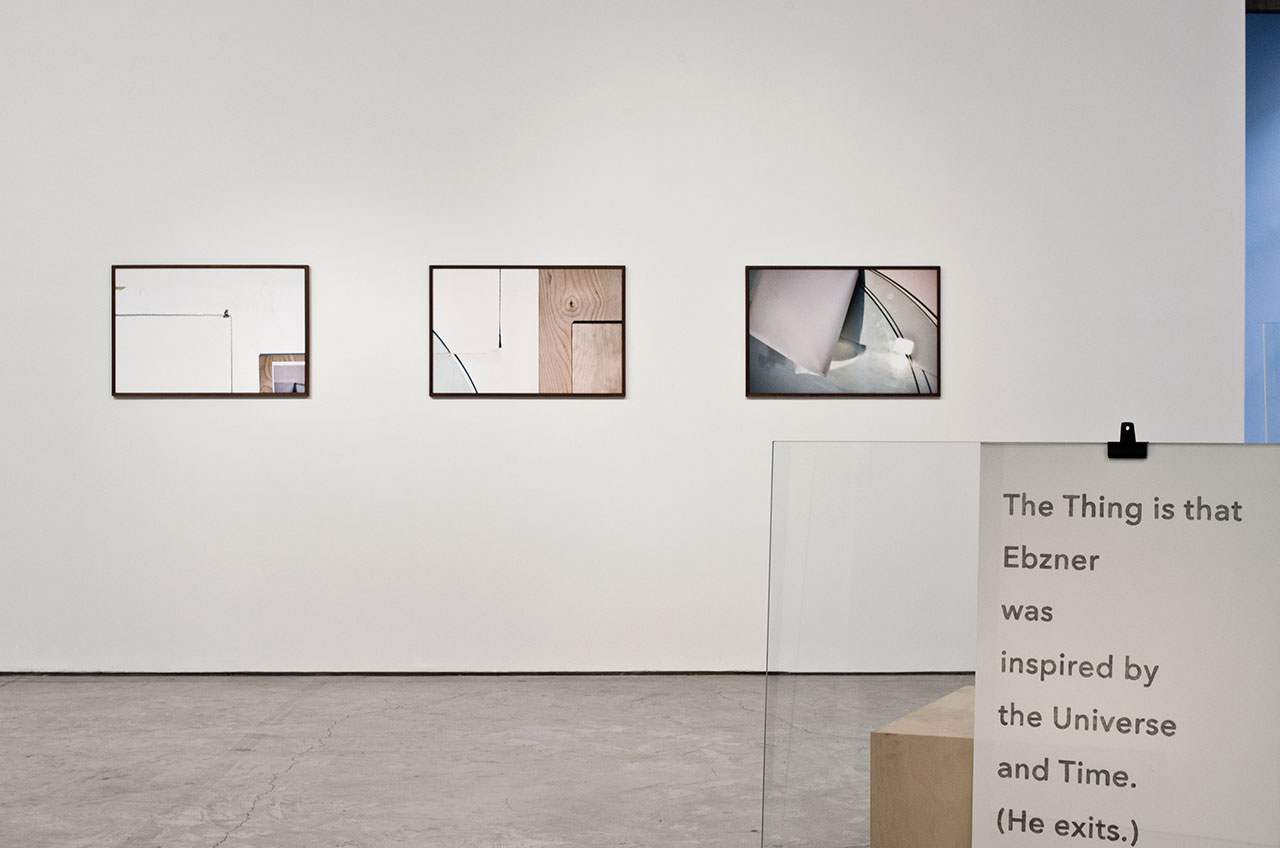
Dimitris Foutris, Β is everything you can imagine from the material world, 2016. Installation View. Courtesy Ileana Tounta Contemporary Art Center and the artist.
The ephemeral but also despotic hegemony of the human race on the planet (which has prompted many to name our era the Anthropocene) is the starting point for a series of installations with metal, pulverised chalk and found objects by the Berlin-based Sotiris Karamanis (b.1979) at Kappatos Gallery. Accompanied by a series of drawings, the works were in fact loose assemblages of metal pieces, crumbling moulded soil and other impermanent constructions, which were the result of an experimental process. Equally fragmental and with a similar architectural viewpoint on constructing reality are the pointillistic drawings by Nikos Papadopoulos (b.1970) for his exhibition “The City of Rocks” at Alpha Delta Gallery in Psyrri. His drawings were like fragmental snapshots of well-known landmarks of Athens such as the Philopappou monument or the Pnyka rock surrounded by the marble-paved pathways by the late architect Dimitris Pikionis —all of which created a series of memory-like images that examine Athens both as a landscape and as an ideological symbol.
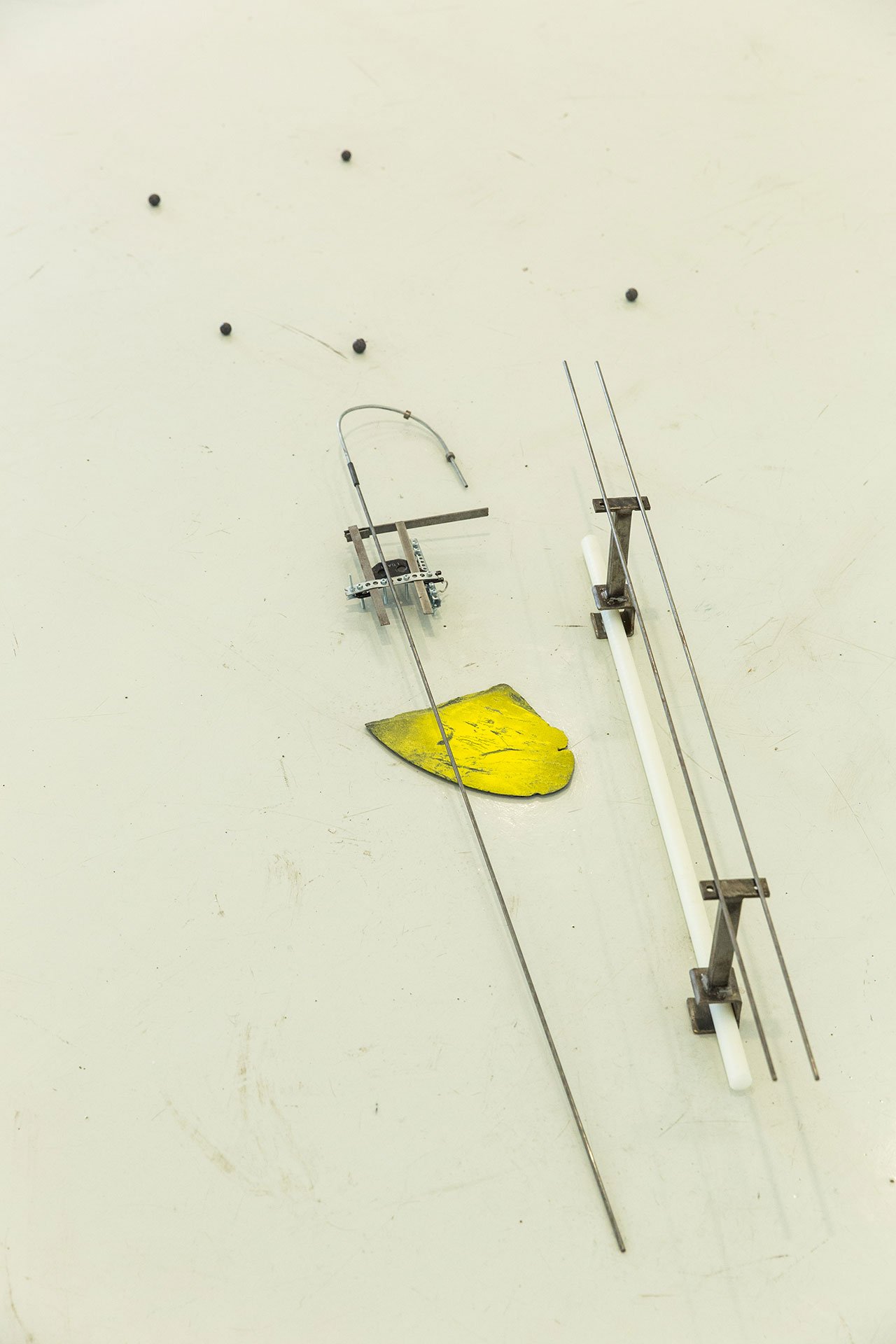
Installation view from Kappatos Gallery. Photo by Yannis Drakoulidis.
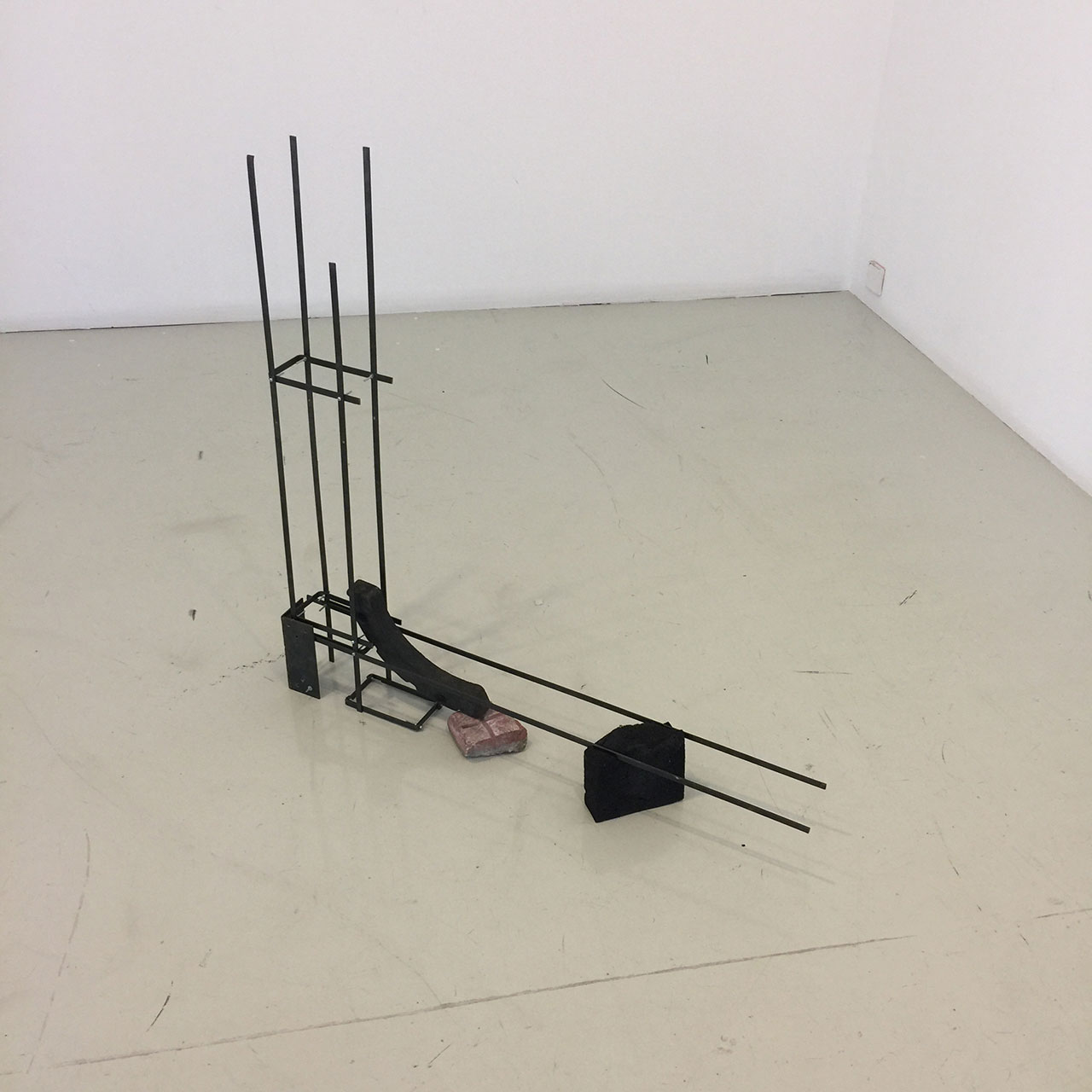
Installation view at Kappatos Gallery. Photo by Kiriakos Spirou.
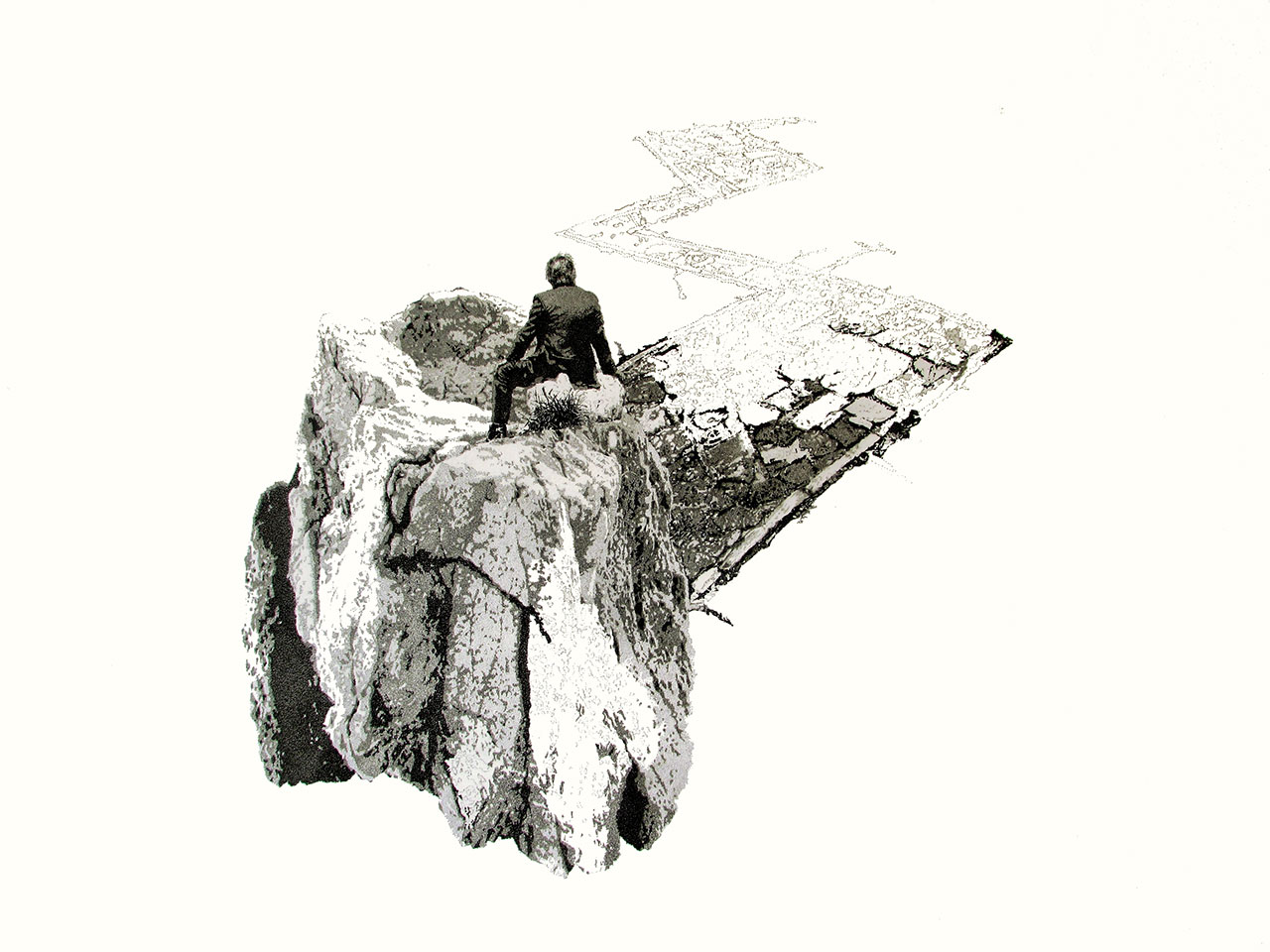
Nikos Papadopoulos, Untitled, 2015-16. Pencil and ink on paper. 56 x 76 cm. Courtesy Alpha Delta Gallery and the artist.

Nikos Papadopoulos, Untitled, 2015-16. Pencil, color pencil and ink on paper. 40 x 30 cm. Courtesy Alpha Delta Gallery and the artist.
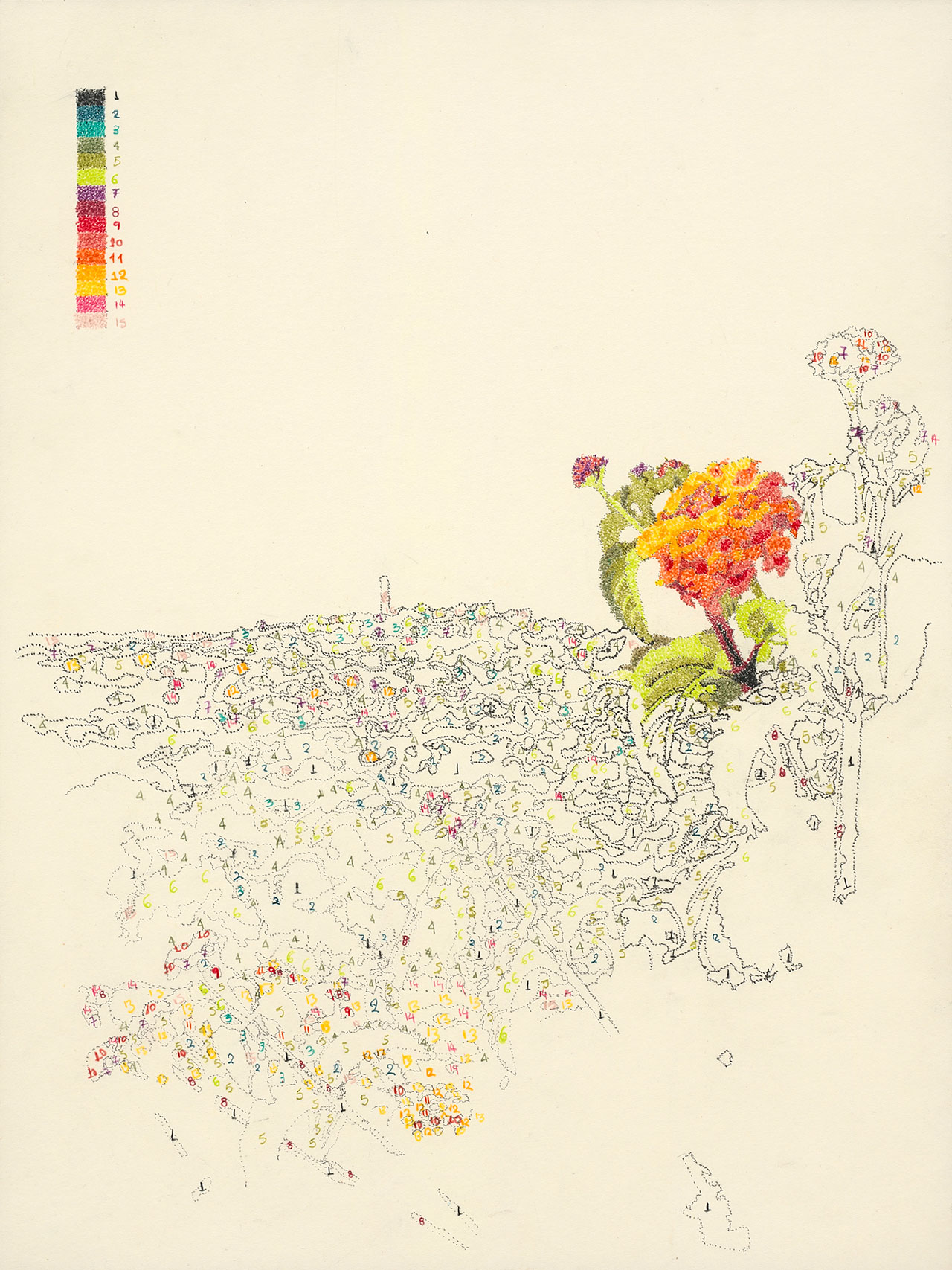
Nikos Papadopoulos, Untitled, 2015-16. Pencil, color pencil and ink on paper. 40 x 30 cm. Courtesy Alpha Delta Gallery and the artist.
Combining space, three-dimensionality and the sobering depth of pitch-black inkjet prints, Greek artist DeAnna Maganias (b.1967) took over the Rebecca Camhi Gallery for her solo show “Something is in the house”, featuring both older and new work. Here a series of satellite images of Greek islands and regions were succeeded by a surface obsessively covered with shiny blue stickers to the point that little mountains and valleys begin to form (In a Sibyl’s Galaxy, 2010-2012); on the floor, hollow spheres with a hole on their top were placed, from where one could see satellite videos of storms from the surface of Jupiter and Saturn (The Geometry of an Infinite storm, 2016). Across the room, Maganias covered an entire wall with custom-made ceramic tiles that repeat a pattern often seen in traditional mosaic floors or vintage hand-painted ceramic tiles —only that in this case, the pattern is gradually distorted giving the impression of movement across the wall.
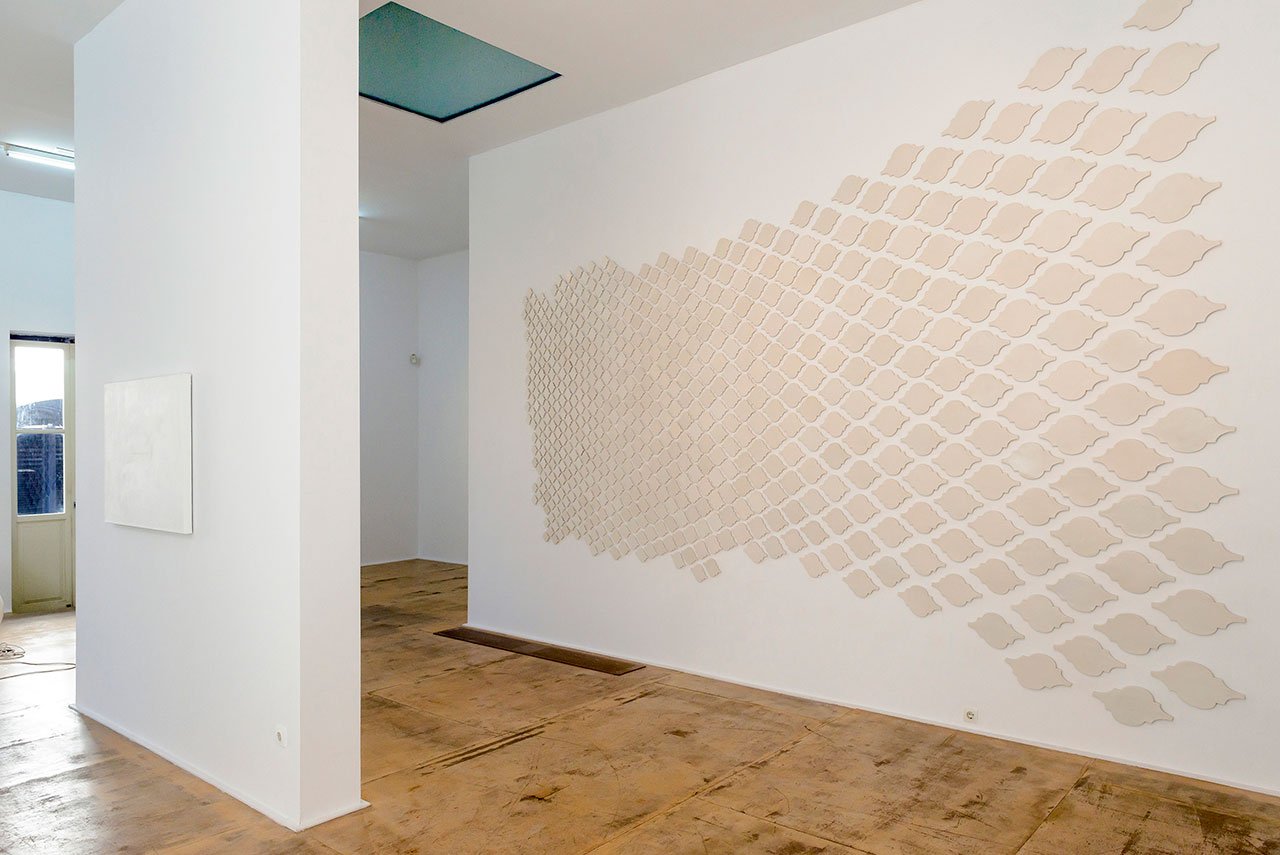
Installation view at Rebecca Camhi Gallery.
Just as change and the passing of time might be imperceptible if you’re watching from afar (as from a satellite it’s hard to tell whether an island is inhabited or not, and a telescope cannot always reveal whether there’s a storm on the north pole of Saturn), similarly, the local art scene in Athens is as busy and as self-critical as it could be, despite the shrinking economy and a realm of other difficulties. But a closer look at the local art scene reveals just how much creativity still flourishes in the city, and how a younger coalition of gallerists and artists is trying to shift the tide once again to their favour.
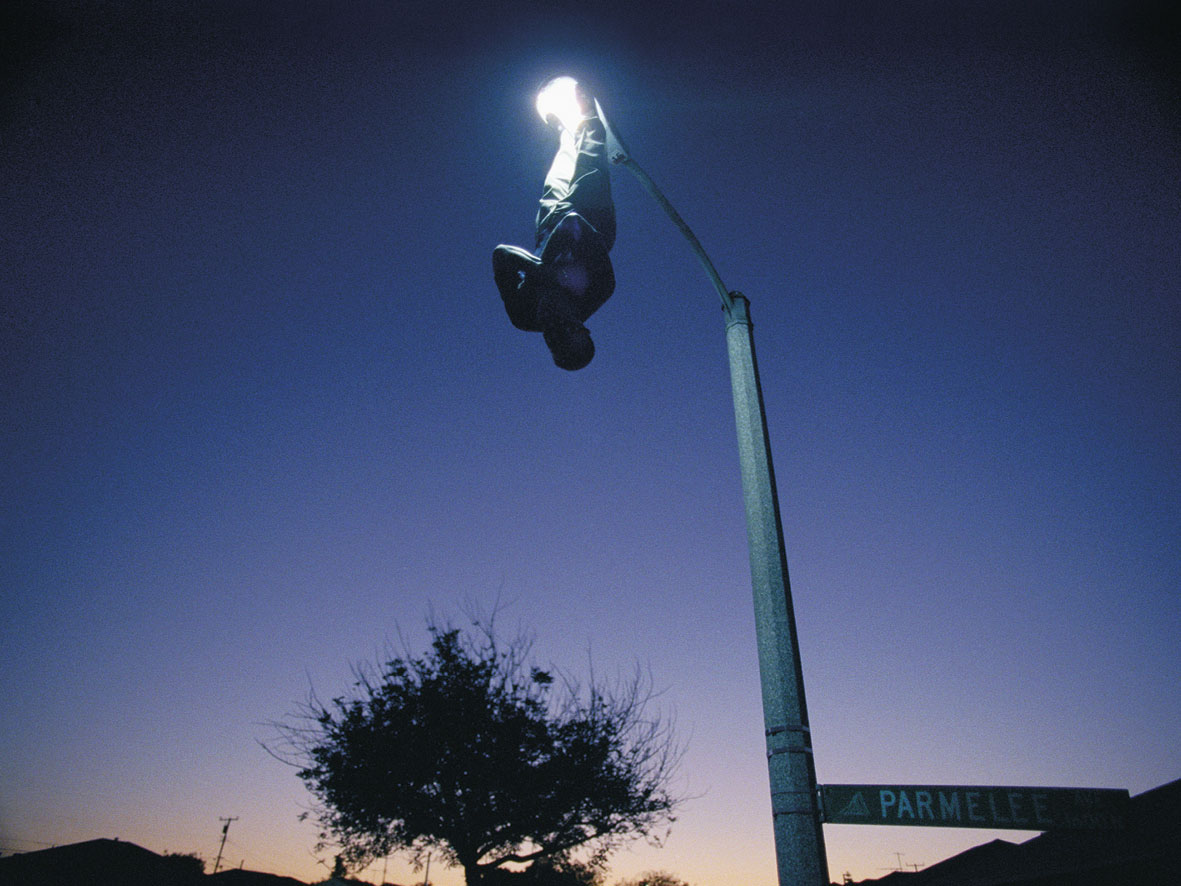
Kahlil Joseph, Motion picture still from: m.a.a.D, © Kahlil Joseph.
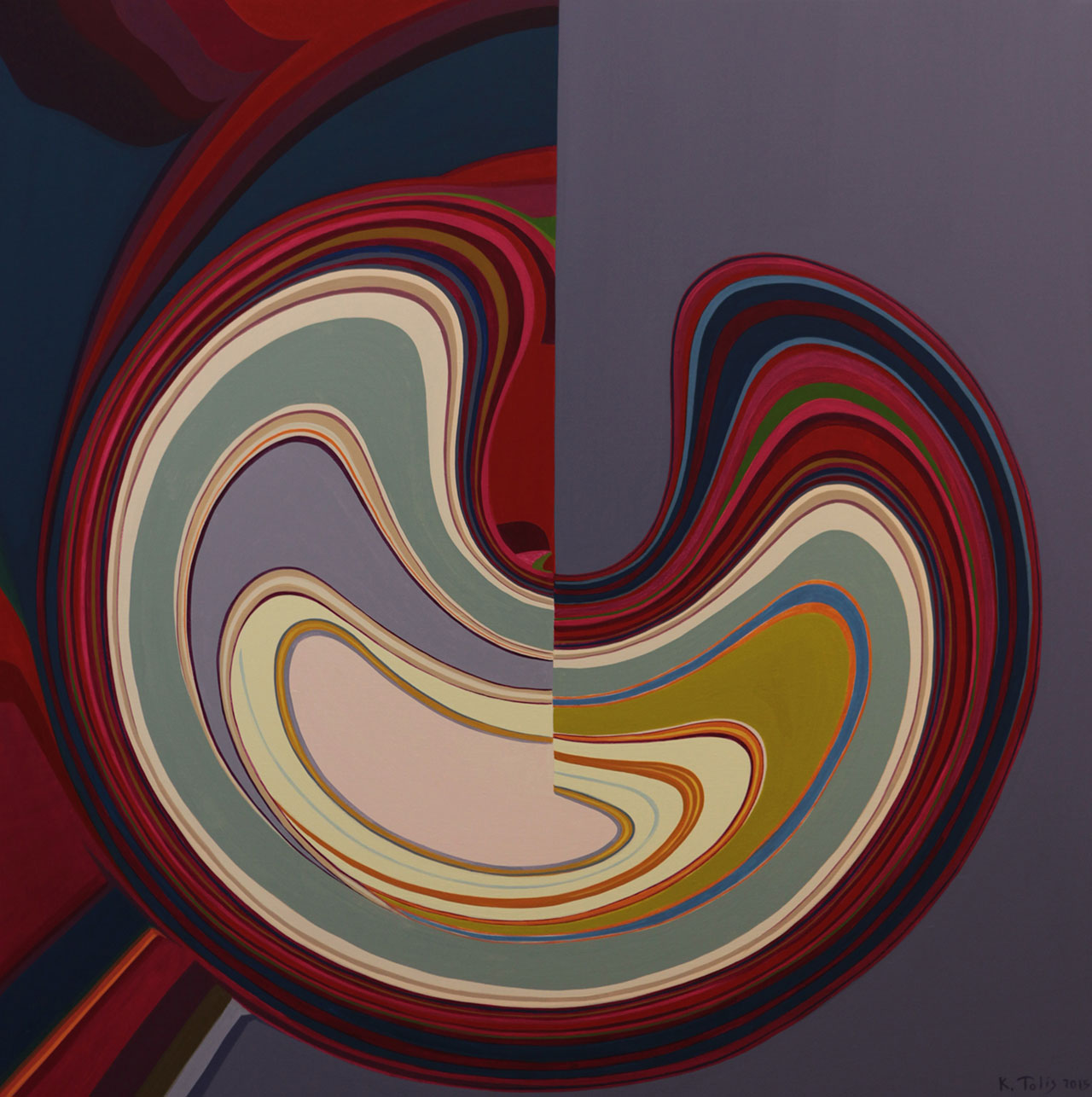
A 2015 painting by Konstantinos Tolis at Eikastikos Kyklos Gallery.
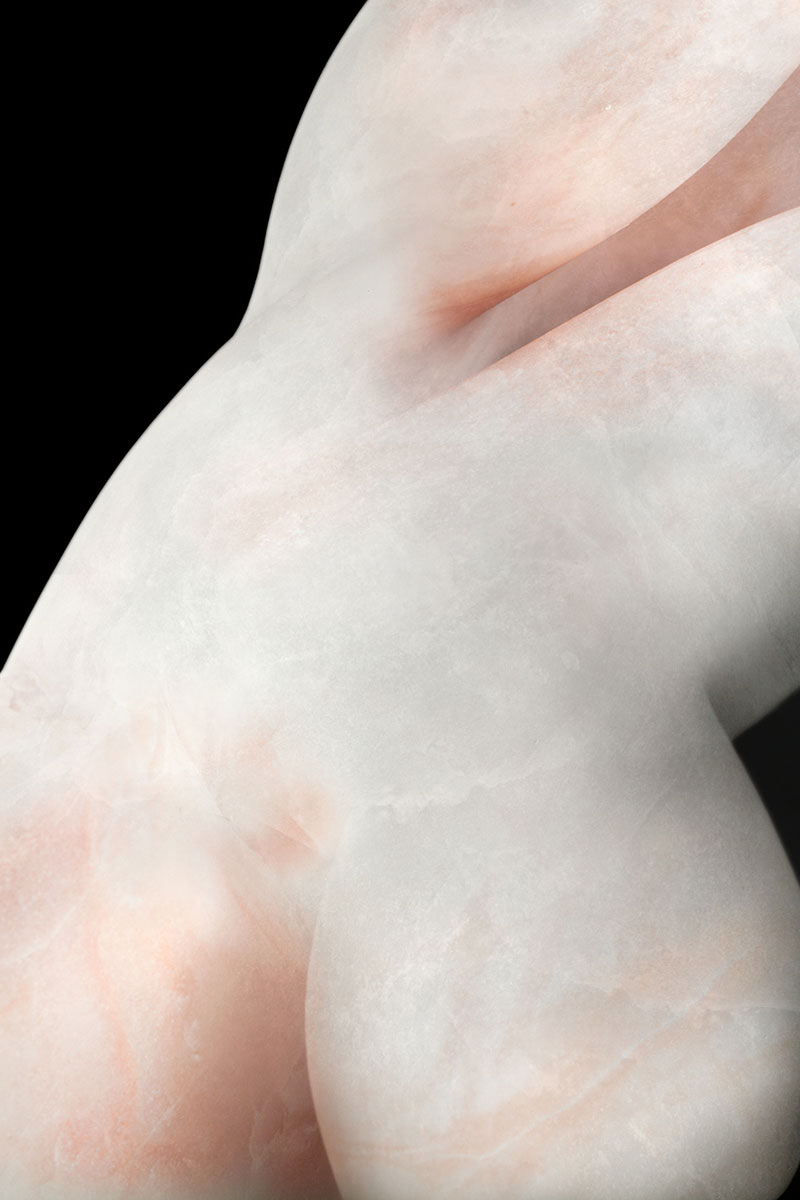
Lilia Ziamou, Revealing Moments. Courtesy Gallery7.
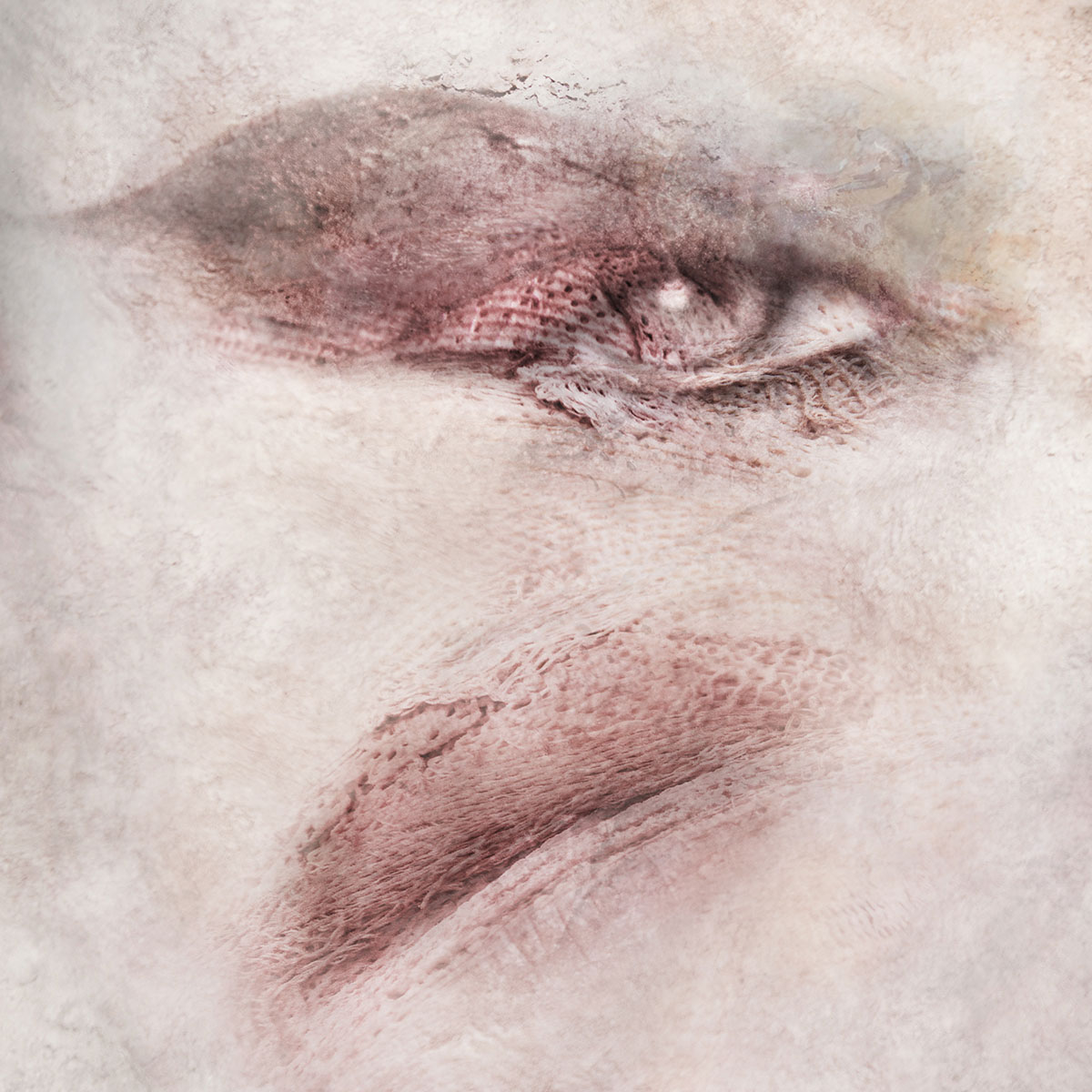
Lilia Ziamou, Unbound. Courtesy Gallery7.
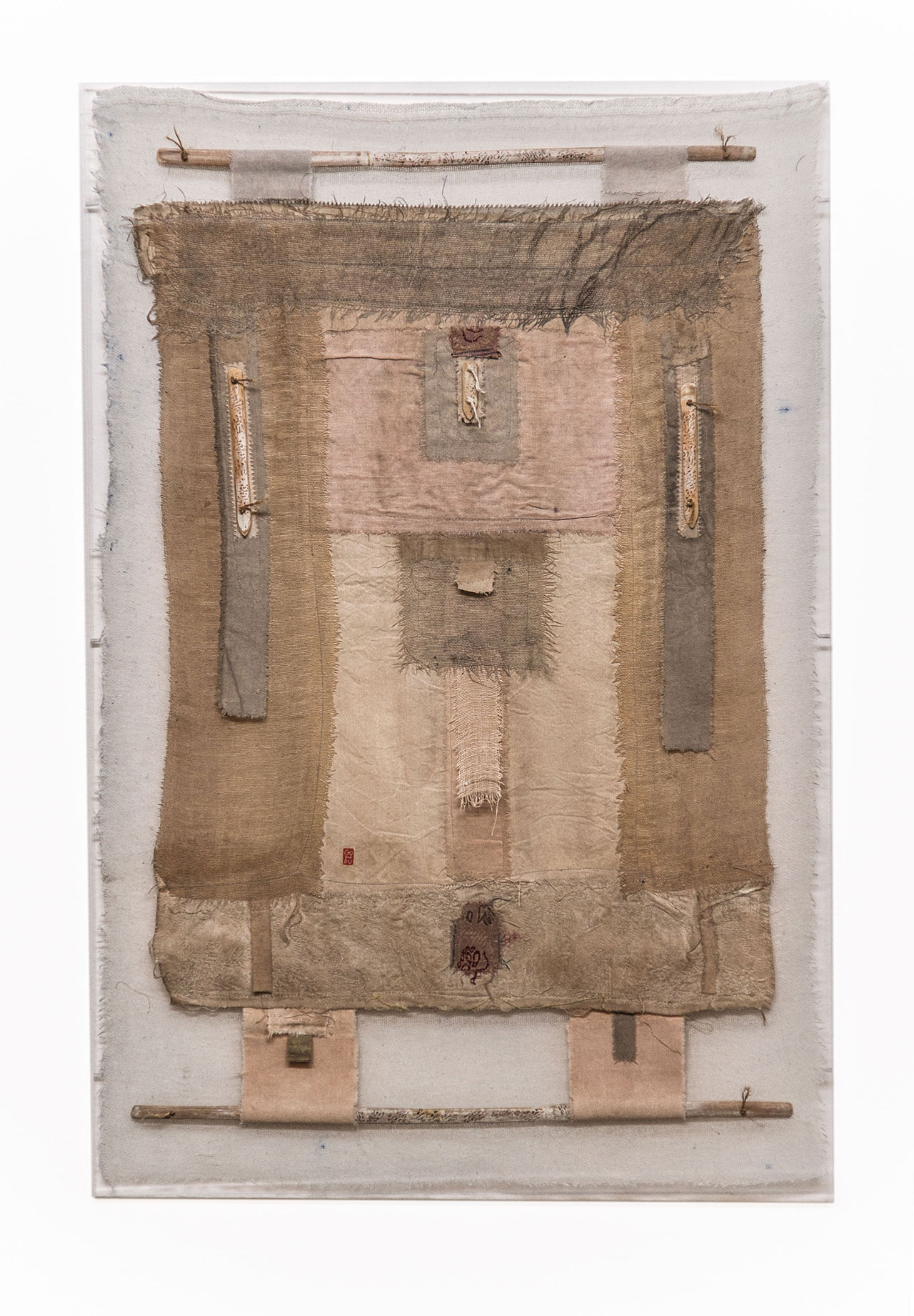
Irini Gonou, Scroll with protective writings, 2016, mixed media, 71 x 48 x 2 cm. Courtesy Nitra Gallery.

Yorgos Maraziotis, Untitled, 2016, acrylic on canvas, 75 x 75 cm. Courtesy Nitra Gallery.
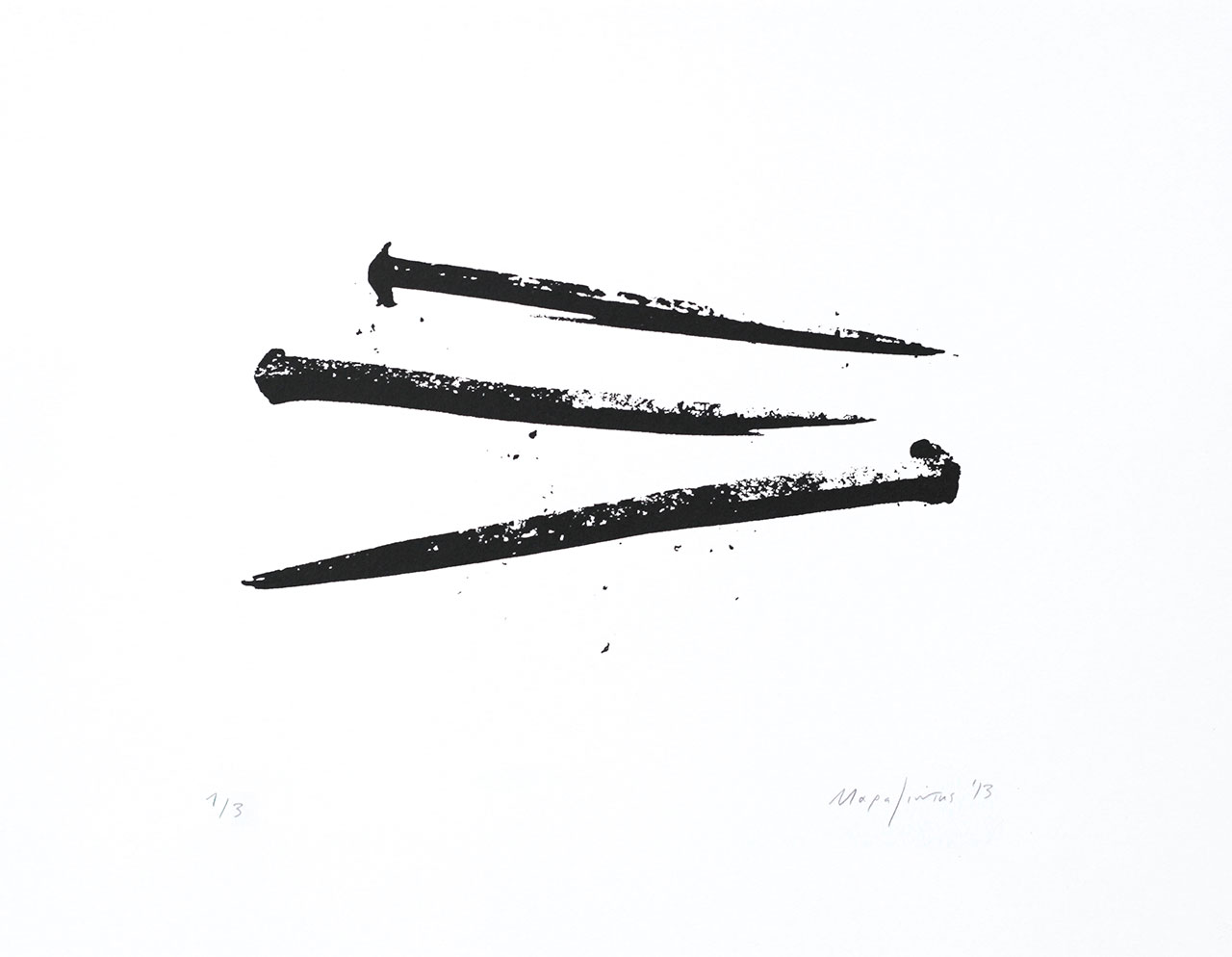
Yorgos Maraziotis, Untitled, 2015, silkscreen, 48 x 60 cm. Courtesy Nitra Gallery.
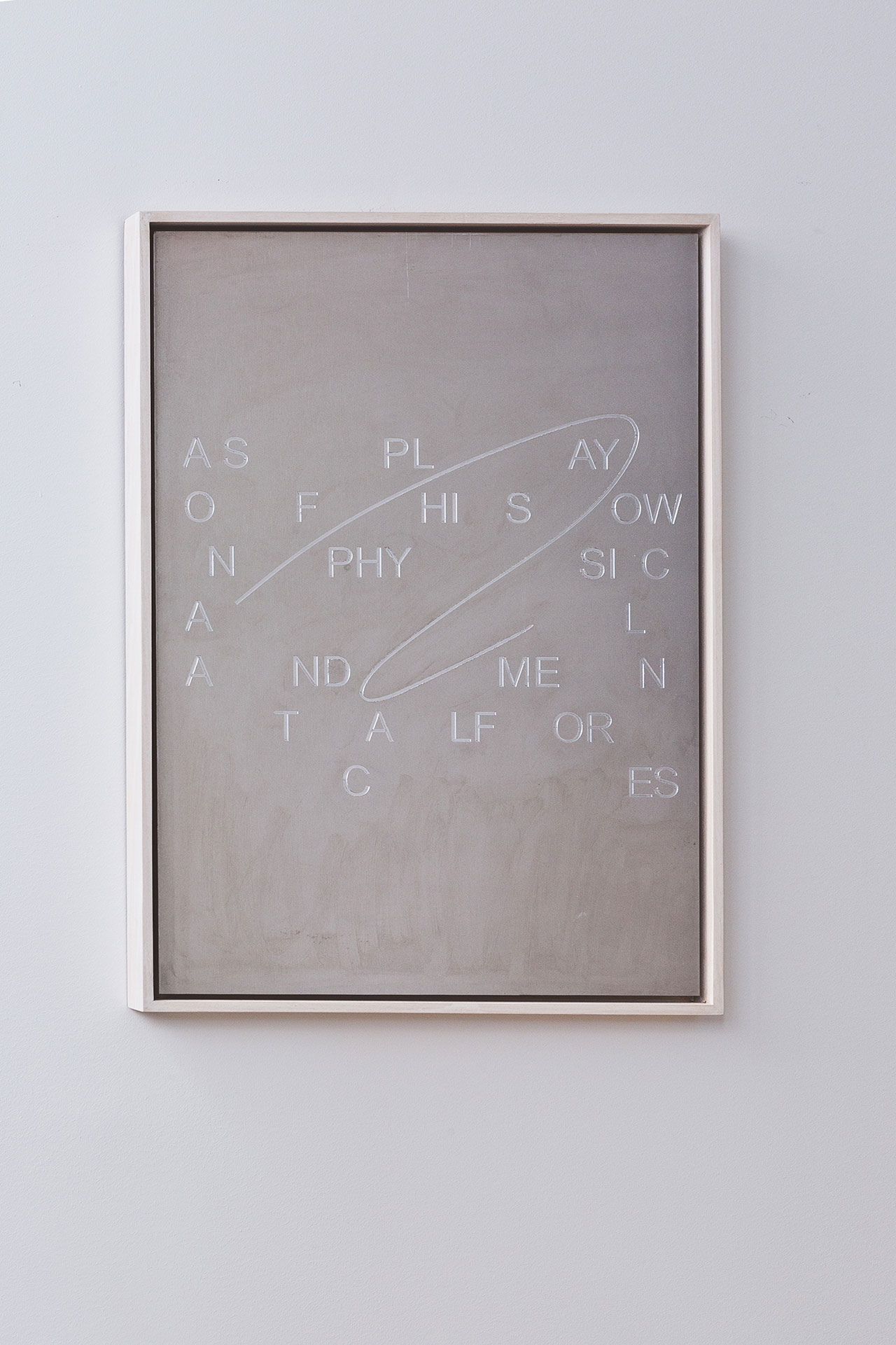
Theo Prodromidis, The capitalist system prevents the worker from enjoying his work, 2016, engraving on aluminium
56 x 40 cm, 2 of 2. Courtesy Nitra Gallery.
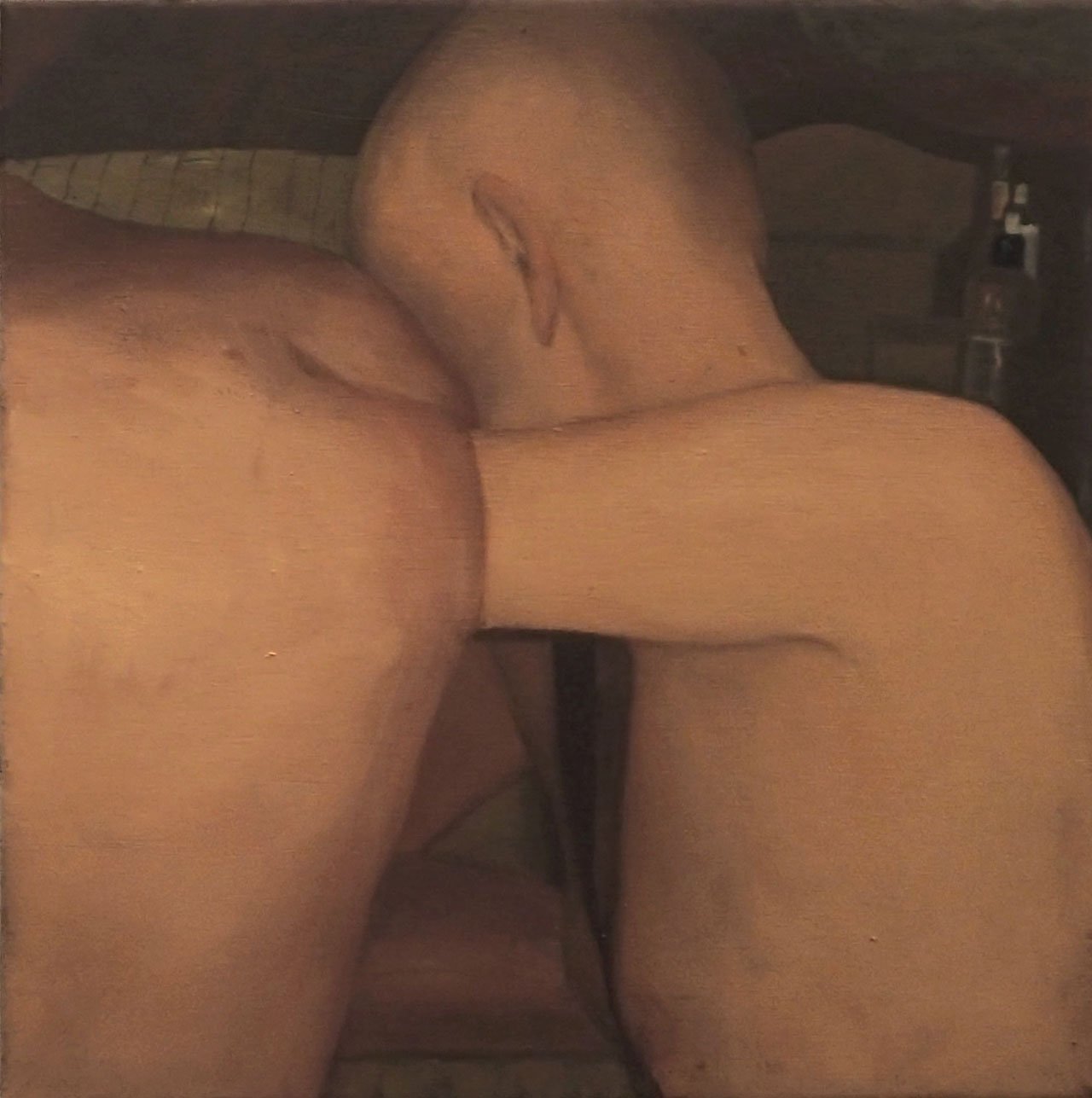
Ιlias Papailiakis, Οne2one, 2016, oil on canvas, 32 x 30 cm. Courtesy Elika Gallery.

Ιlias Papailiakis, Τhe Firing Range. The back side, 2016, oil on canvas, 150 x 120 cm. Courtesy Elika Gallery.
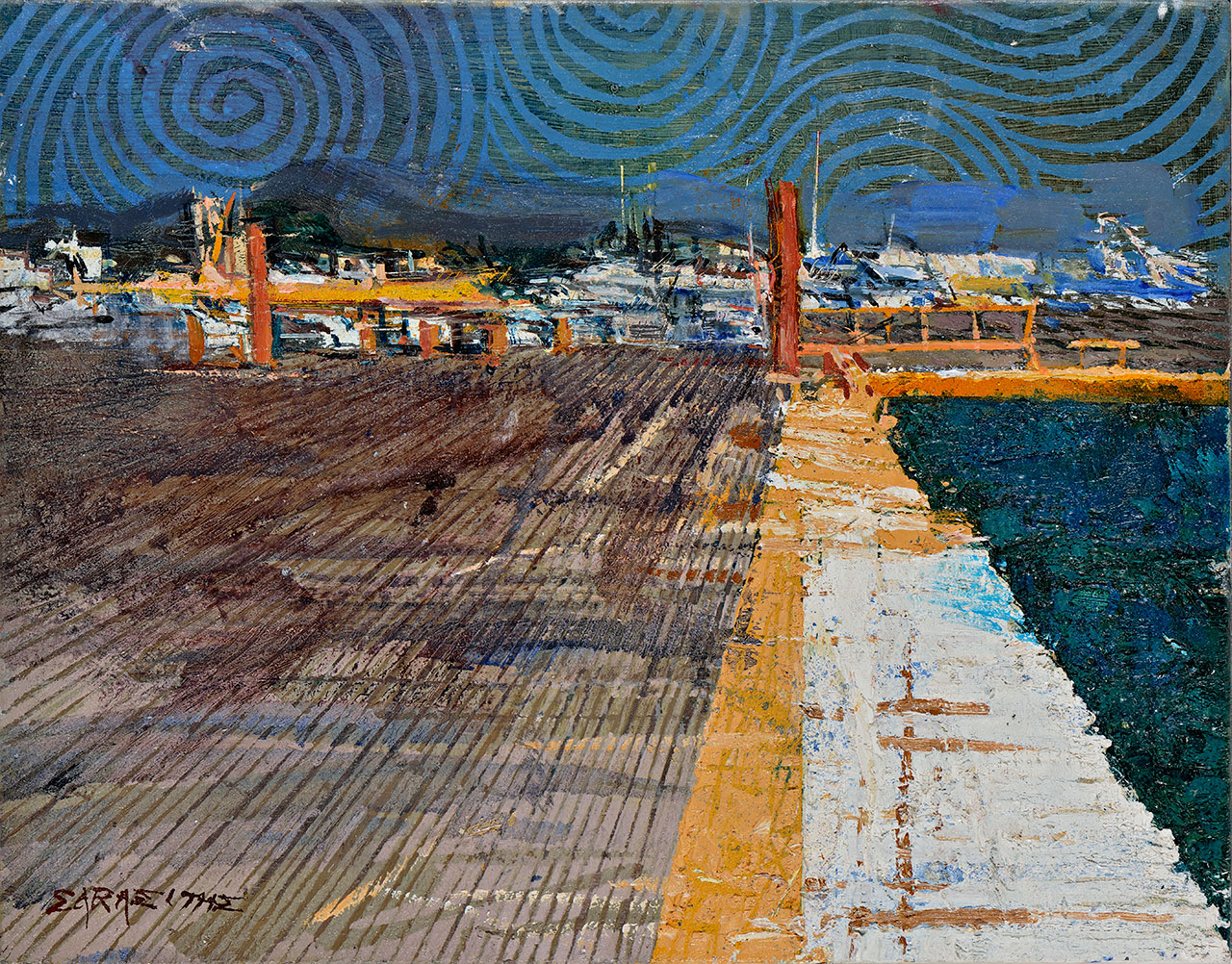
Dimitris Sarasitis, Untitled, 2016. Oil on canvas, 27x35cm. Courtesy Skoufa Gallery.

Konstantinos Papamichalopoulos, Fish in the Sea, 2006-2016. Ink, tempera and gold leaf, 45x81,5 cm. Courtesy Skoufa Gallery.

Installation view at CheapArt Gallery. Photo by Kiriakos Spirou.

Installation view at Depo Darm Gallery. Photo by Kiriakos Spirou.
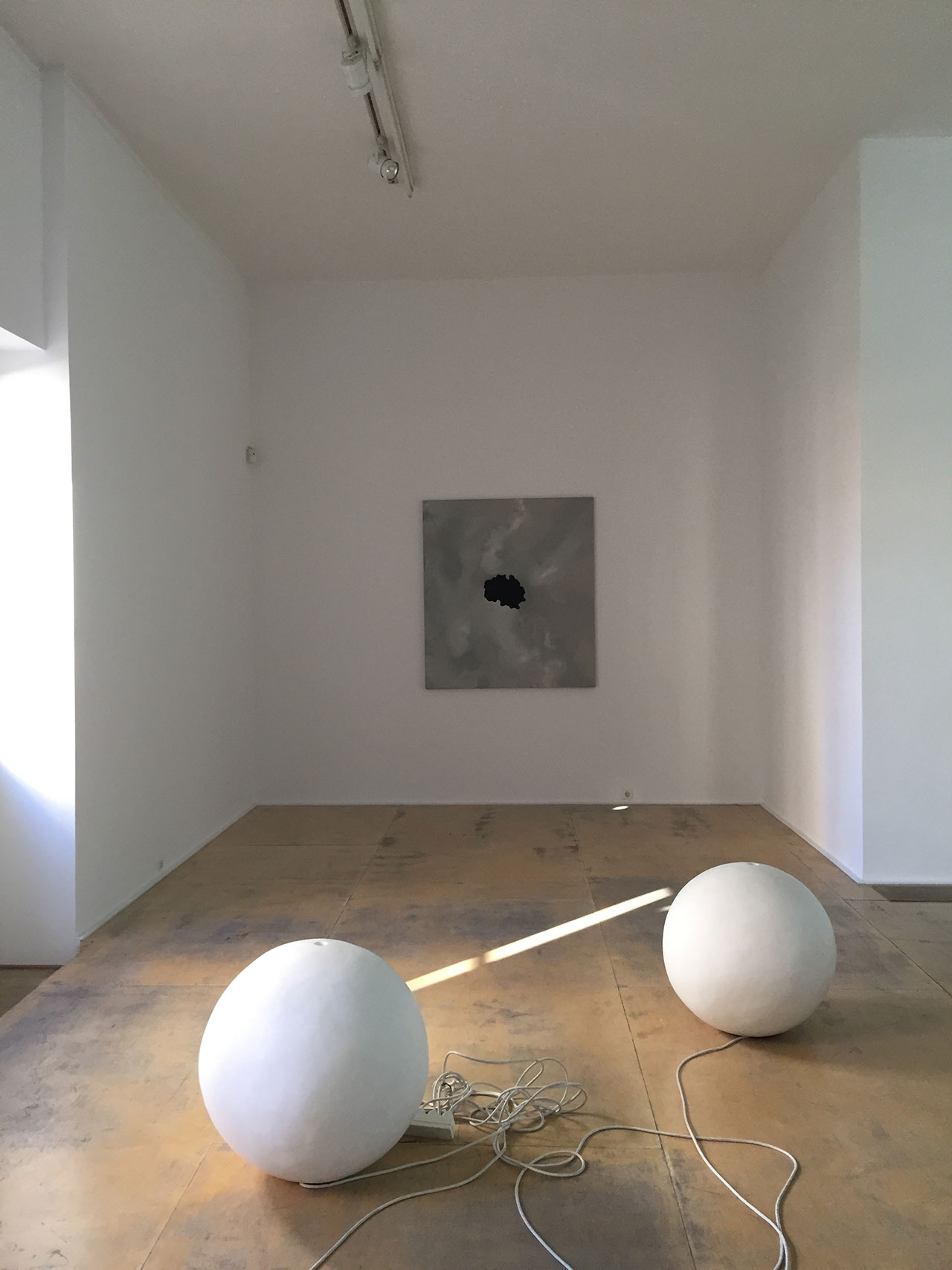
Installation view at Rebecca Camhi gallery. Photo by Kiriakos Spirou.
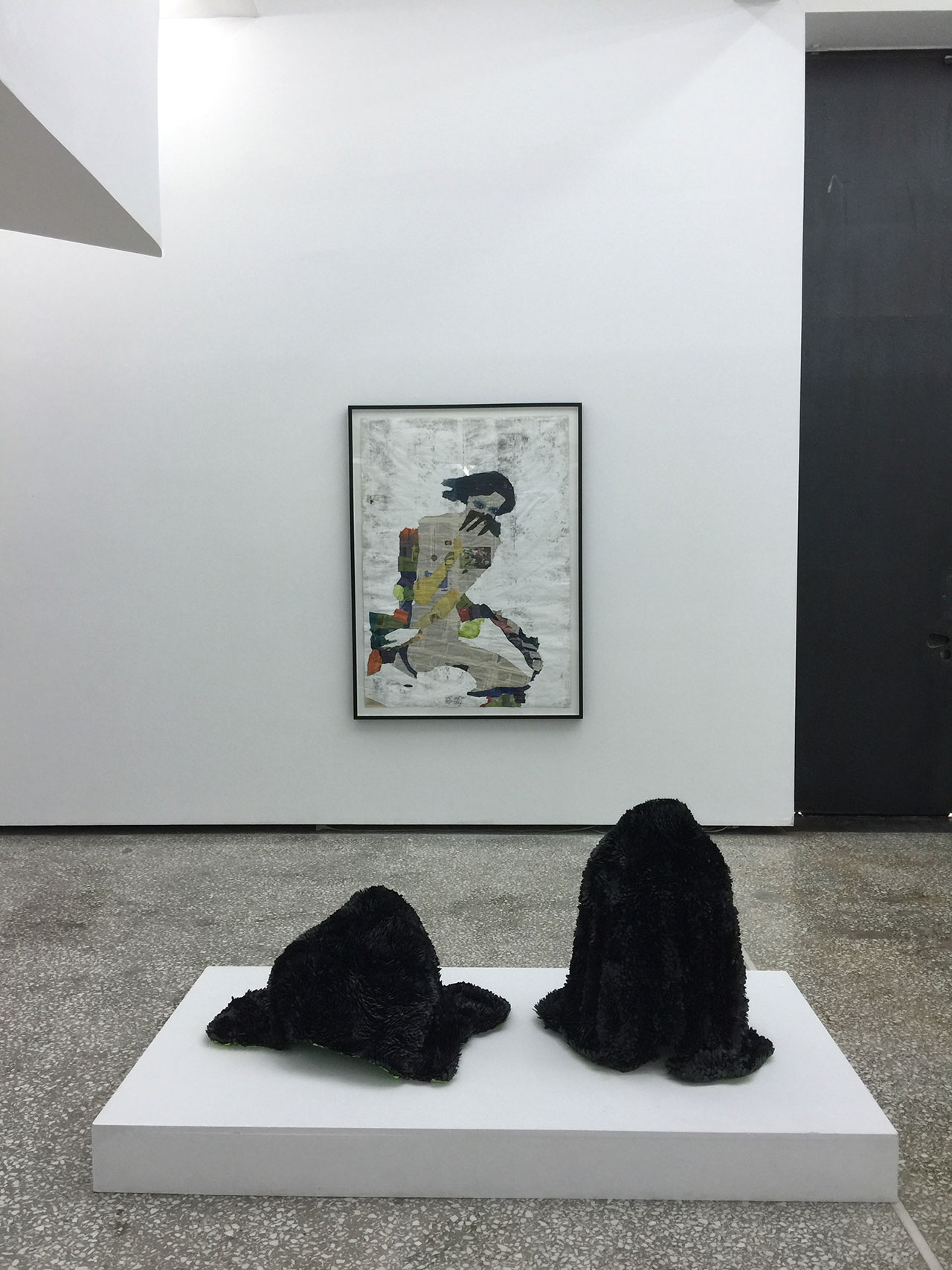
Installation view at The Breeder Gallery. Photo by Kiriakos Spirou.
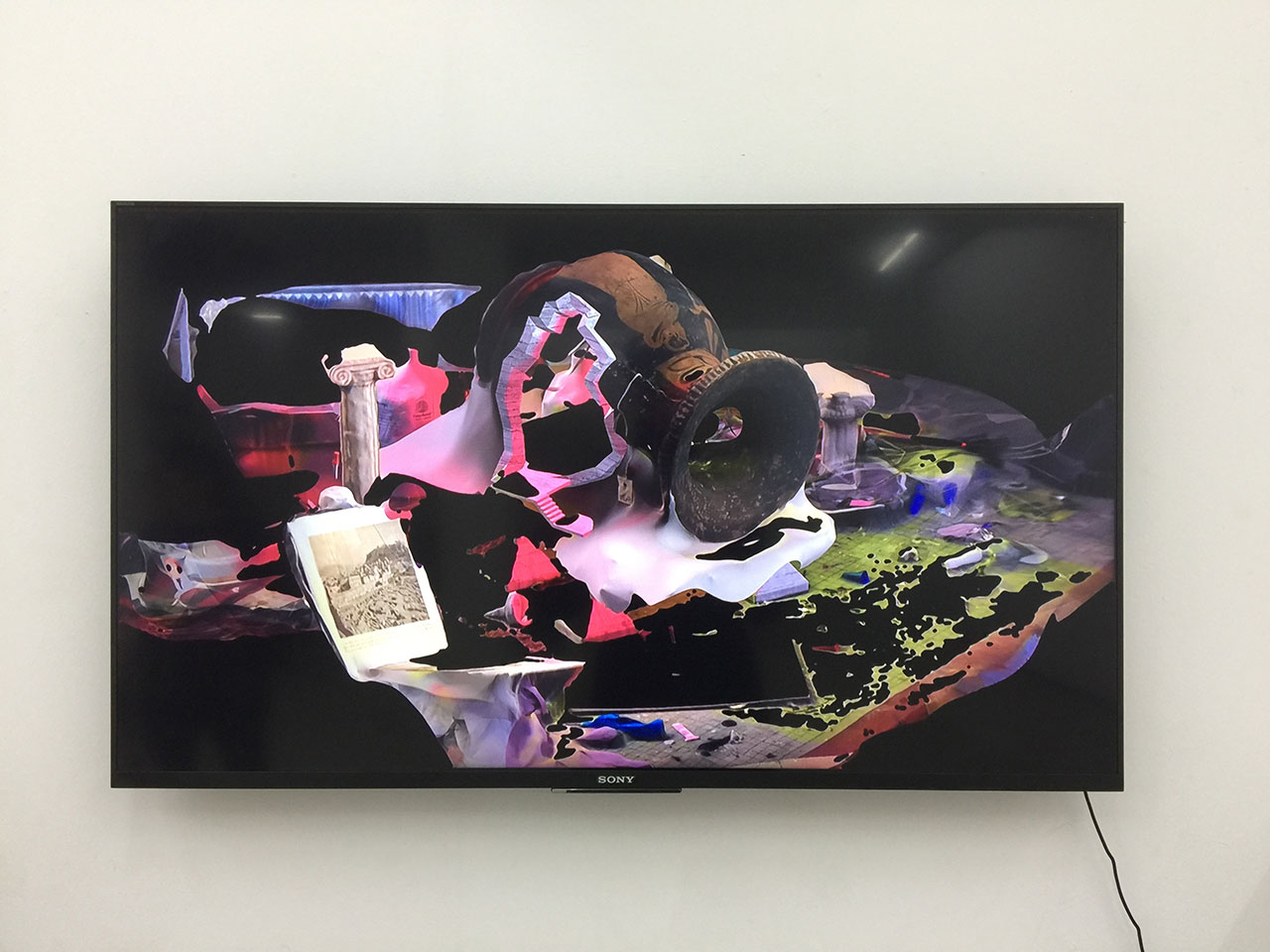
Andreas Angelidakis at The Breeder Gallery. Photo by Kiriakos Spirou.
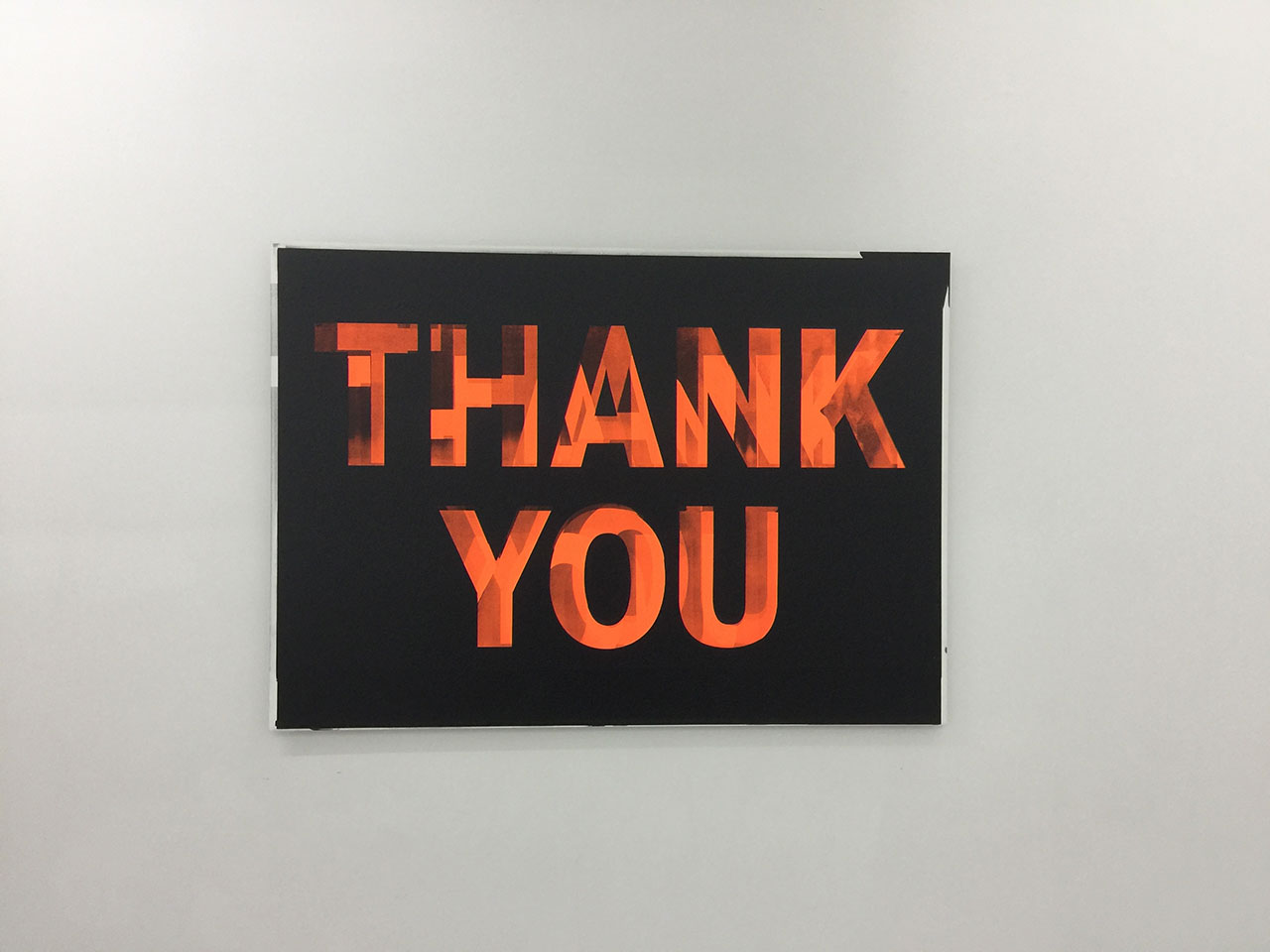
Work from the group show at The Breeder Gallery. Photo by Kiriakos Spirou.














